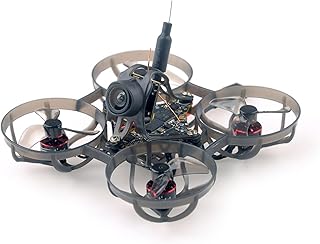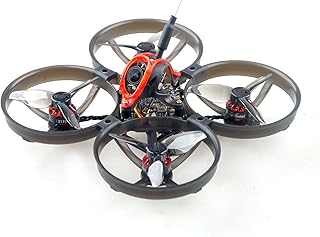Legal Aspects of Flying a SPEEDY BEE Drone: What You Need to Know
While you haven't provided details about the "SPEEDY BEE" drone, the legal aspects of drone flying are fairly consistent across most models and situations. Here's a breakdown of the key things you need to know:
1. FAA Registration:
* Mandatory: In the United States, any drone weighing over 0.55 pounds (250 grams) must be registered with the FAA.
* How to Register: You can register your drone online at the FAA website or through the FAA DroneZone mobile app.
* Registration Number: Your drone should be clearly marked with your registration number.
* Why Register: Registration helps the FAA track drone owners and helps them investigate incidents involving drones.
2. FAA Remote Pilot Certificate:
* For Commercial Use: If you plan to use your drone for commercial purposes (e.g., photography, videography, delivery, inspection), you will need a Remote Pilot Certificate.
* How to Obtain: You can obtain a Remote Pilot Certificate by passing the FAA Part 107 exam.
* Requirements: You must be at least 16 years old and meet certain knowledge and experience requirements.
* Why Required: This certificate ensures you understand the safety rules and regulations for operating drones commercially.
3. Operating Regulations:
* Know Your Local Laws: Some cities, states, or national parks may have additional regulations regarding drone operation.
* FAA Part 107 Rules: The FAA has established Part 107 regulations for safe drone operation. These include:
* Fly within line of sight: You must be able to visually see your drone at all times.
* Daytime flying: You cannot fly drones at night unless you have a specific authorization from the FAA.
* Maximum altitude: You cannot fly drones above 400 feet.
* Avoid restricted airspace: You must stay clear of airports, air traffic control zones, and other restricted airspace.
* Do not fly over people: You cannot fly drones directly over people unless you have a specific authorization from the FAA.
* Do not fly recklessly: You must operate your drone in a safe and responsible manner.
4. Privacy and Data Protection:
* Respect Privacy: Be mindful of other people's privacy when flying drones.
* Do not record or photograph individuals without their consent: Unless it's for news gathering or other legal purposes.
* Data Storage and Use: Be aware of local data protection laws regarding what information you can collect and how you can use it.
5. Insurance:
* Consider Drone Insurance: While not required, drone insurance can protect you financially in case of accidents or damage caused by your drone.
* Coverage: Insurance policies can cover things like property damage, liability, and legal expenses.
6. Manufacturer Information:
* Review the User Manual: The manufacturer of your SPEEDY BEE drone will provide instructions on operating the drone safely and legally.
* Warranty Information: Understand the warranty coverage and any limitations.
7. Staying Up-to-Date:
* Drone Laws are Evolving: Stay informed about changes in drone regulations by checking the FAA website and your local government's website.
Remember: It's your responsibility to understand and follow the law when flying a drone. Flying a drone safely and responsibly is crucial for the future of drone technology.


